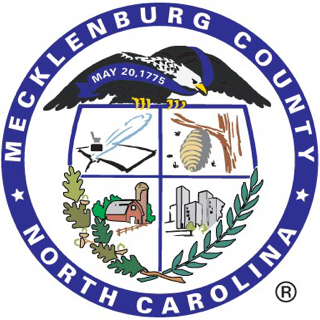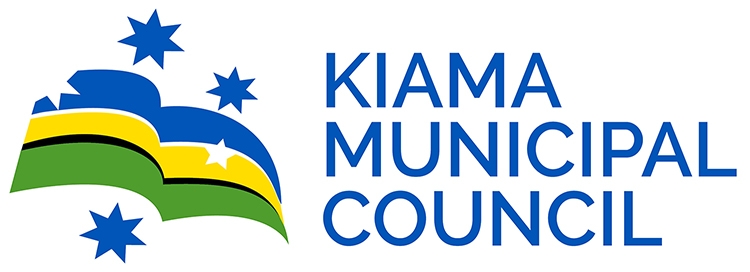Information
-
Audit Title
-
Client / Site
-
Conducted on
-
Prepared by
-
Location
-
Personnel
Fire Prevention
-
1. Fire extinguishers inspected, charged, and ready for use.
-
2. Fire extinguisher locations marked & free of obstructions.
-
3. Oil soaked and/ or flammable waste materials stored in proper containers with closed lids.
-
4. Liquids (degreasers, solvents) in closed and marked containers. Unmarked plastic jugs not in use.
-
5. Parts cleaning tank labeled & fusible link intact. Lid closed if not used.
-
6. Flammable liquid containers stored properly in fire proof cabinets properly grounded.
-
7. Cutting touch hose, back flow valves, in serviceable condition and flame arresters installed.
-
8. Oxygen, acetylene and other gas cylinders chained, secured.
-
9. Oxygen is separate from other cylinders by 20' or a fire wall
-
10. Gas cylinder values bled & closed (not in use) or removed from storage.
-
11. Used oil filters, aerosol cans, others in proper bins with closed lids
-
12. DOT approved gasoline/ fuel cans properly stored
-
13. Fire doors marked, maintained,, and in good working order. Fire doors closed and latched at all times unless using approved fire safe hold open latches
Electrical
-
1. No frayed, damaged or cut insulation on electrical cords. Ground prong intact.
-
2. Electrical circuit breaker panels free of obstructions and doors closed.
-
3. Electrical circuit breakers marked for location of service.
-
4. Electrical outlet plates and switch covers in place.
-
5. GFCI devices tested and operational.
-
6. Extension cords not used in place of permanent wiring.
-
7. No space heaters or overworked power strips/ outlets
-
8. All permanent wiring and boxes properly installed.
Slipping & Tripping Hazards
-
1. Floors free of oil, grease, loose materials, slip & trip hazards
-
2. Floor drains covered with no wide gaps and in good repair.
-
3. Stairways clear and handrails secured.
-
4. Passageways/ hallways clear with proper lighting.
-
5. Outdoor walking, parking, beak areas free of hazards.
-
6. Anti- slip mats used where appropriate at building entrances.
-
7. Cords, hoses, tools stored properly when not in use.
Equipment
-
1. Materials stored indoors neatly stacked or secured if standing.
-
2. Chain hoist in serviceable condition; safety clip in place on hook. Annual inspection Required.
-
3. Hoists, floor jacks, lifts marked for capacity and inspected.
-
4. Vehicle lift covers in place when not in use.
-
5. Guards in place on grinders / rotating and exposed parts. Tool rests properly adjusted.
-
6. Portable ladders are the appropriate ladder grade ad in good repair with non-skid footpads and are properly stored.
-
7. No broken handles or heads on tools, ie. shovels, hammers, sledges, etc.
Personal Health
-
1. Eye wash stations free from blockage, readily accessible and in working condition and inspected weekly.
-
2. Ceiling & wall panels are not discolored or missing, no dripping water.
-
3. Industrial waste in properly marked containers.
-
4. No runoff rom salt storage areas.
-
5. Exhaust hoses/ fans are operational in mechanic's area.
-
6. Material Safety Data Sheets are accessible to all employees at all times.
-
7. Restrooms are clean and in good working order with only GFCI outlets.
-
8. Welding areas: curtains, exhaust, helmets, spark areas, other.
-
9. Drinking fountains are clean and in good working order
-
10. No use of the floor drains for spitting or tobacco disposal.
-
11. Area- proper clothing and footwear on employees.
Safety Equipment & Supplies
-
1. Who is responsible for purchasing & inventory of PPE?
-
2. Who is responsible for distribution of PPE ?
-
3. What types of PPE are available in this buildging?
-
4. AED's present and regularly inspected.
-
5. Are first aid kits readily available, supplied properly, inspected regularly?
-
6. Lock out/ Tag out materials are readily available
-
7. Red tag materials are readily available.
Buildging
-
1. Overhead doors in serviceable condition and operating properly.
-
2. Exits marked with clearly visible signs and free of obstructions ( to, through, and beyond 36" min).
-
3. General garage lighting adequate for conditions.
-
4. General garage ventilation system in operable condition
-
5. Loft storage areas marked for load capacity and guarded.
-
6. Emergency evacuation/ tornado shelter locations posted and routes posted.
-
7. No peeling paint or hanging insulation
-
8. Break room clean. Kitchen equipment in good order with only GFCI outlets.
-
9. Lot storage in good order, covered and contained as required ( tires, scrap, trash, hazmat)
-
10. Wash bays; wiring, drains, lights, ladders
-
11. Propane tanks properly stored
-
12. Carbon Monoxide alarms checked and functional
-
13. Oil Room in good order (grounded used, spill platforms, oil spill kits)
-
14. Regular HVAC filter inspection and replacement has been performed.
-
15. Ground wire attached and grounded properly to buildging.
Fuel Station
-
1. SPCC Materials available in fueling area.
-
2. Fire extinguisher available in fueling area inspected, charged, and ready for use.
-
3. Are around fuel pumps free of spills and floor dry.
-
4. New and used floor dry in properly marked drums.
-
5. Fuel dispensing equipment/ stations free of leaks and bad hoses.
-
6. No smoking/ turn off engine signs posted and legibe
-
7. Emergency shut off in clear site and posted.
-
8. Emergency contact list is up to date and readable with names and phone numbers posted.
-
9. Non sparking broom and dust pan available for proper clean up of floor dry.
Miscelaneous
-
1. Out Buildings and Sheds ( if separate buildings with power and water do audit sheets on them alone )
-
2.PERP Logs available and current.
More
-
Other comments
Sign Off
-
On site representative
-
Auditor's signature










